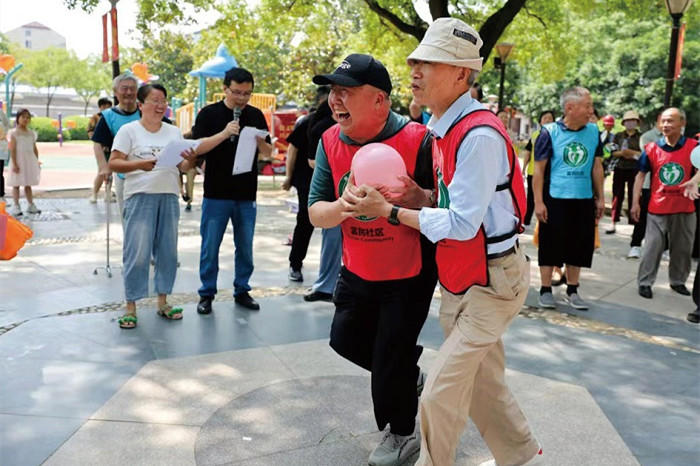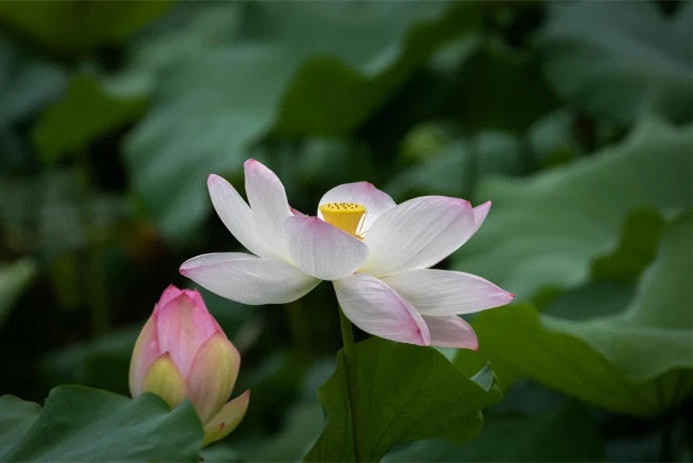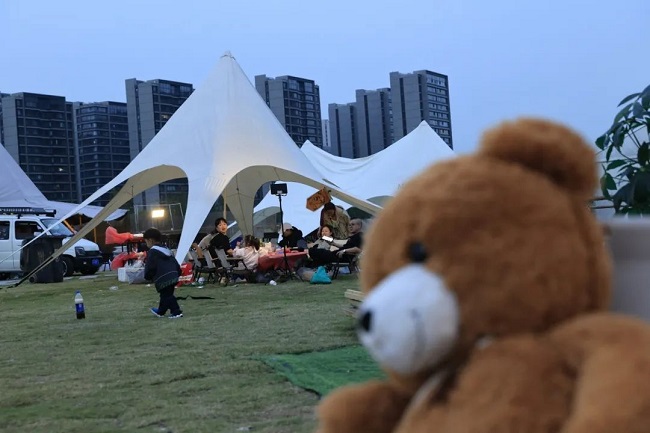Inscribed ancient brick rubbings displayed at Geyi Art Museum

Visitors appreciate the inscribed ancient brick rubbings at the Geyi Art Museum in Nantong. [Photo/Nantong Daily]
An exhibition of inscribed ancient brick rubbings was held at the Geyi Art Museum in Nantong, East China's Jiangsu province, on June 10 and will run until June 19.

Visitors appreciate the inscribed ancient brick rubbings at the Geyi Art Museum in Nantong. [Photo/Nantong Daily]
The exhibition brought together 41 pieces of inscribed ancient brick rubbings created by members of the Nantong Seal Society. The works cover various art genres such as calligraphy, seal engraving, and poetry, allowing the audience to appreciate the charm of inscription art while experiencing the profoundness of outstanding traditional Chinese culture.

A visitor appreciates the inscribed ancient brick rubbings at the Geyi Art Museum in Nantong. [Photo/Nantong Daily]
Calligraphy is a crucial part of inscribing a stone rubbing. A high-quality inscribed stone rubbing work should adjust its calligraphic style, text size, spatial layout, and white space based on the content of the rubbing, according to Li Xiarong, member of the Xiling Seal Society and head of the Nantong Seal Society.

Visitors appreciate the inscribed ancient brick rubbings at the Geyi Art Museum in Nantong. [Photo/Nantong Daily]





 TRANSPORTATION
TRANSPORTATION EDUCATION
EDUCATION HEALTHCARE
HEALTHCARE USEFUL NUMBERS
USEFUL NUMBERS